
Click to view fullscreen
1 / 2
Related Artworks
Discover similar artworks
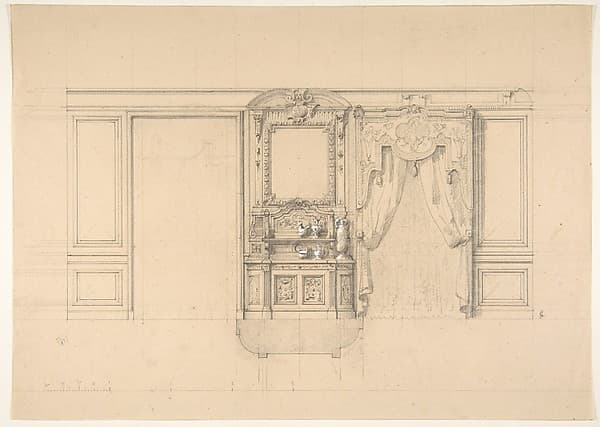
Elevation of a dining room with a carved buffet and window draperies
19th century

The Kaunitz Sisters (Leopoldine, Caroline, and Ferdinandine)
1818
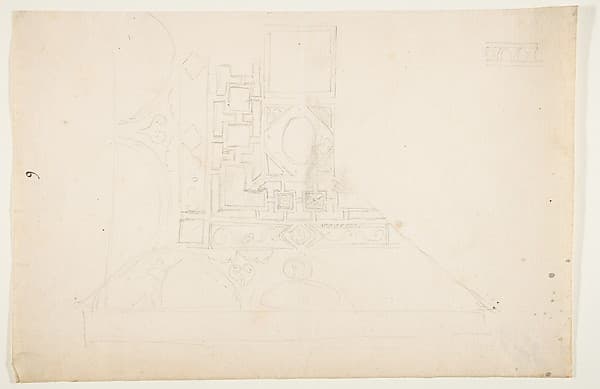
Drawing After and Architectural Fragment of a Coffered Ceiling
19th century

Two Women Talking in a Doorway
1830–31
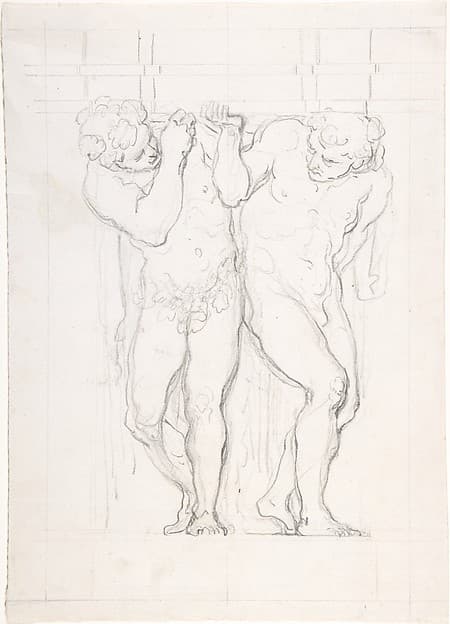
Two Atlantes in Conversation
ca. 1855

Design for a Vessel
18th century

Study of a Left Arm and Hand
1815–63

Design for a Stage Set
19th century

Study of a Moorish Arcade, Spain
May 1832
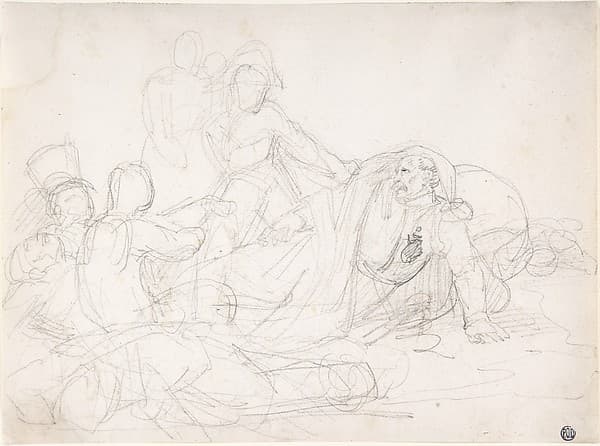
Fallen Soldiers
1800–1824
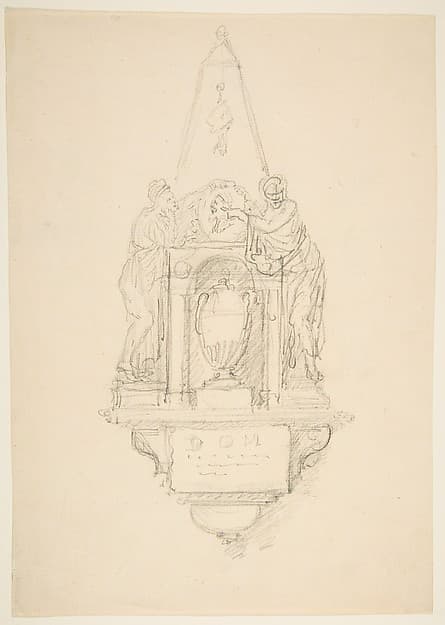
Design for a Monument (recto)
19th century
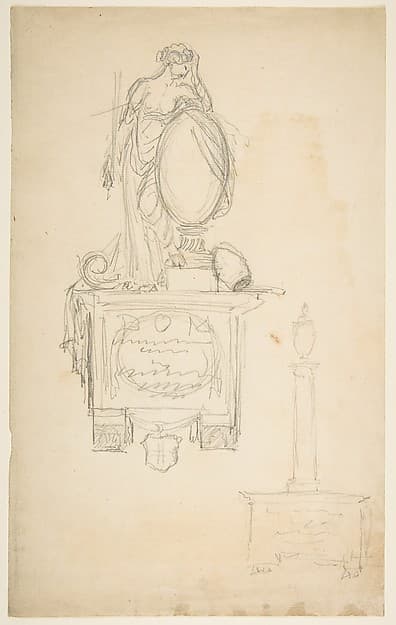
Design for a Sculpture or Monument
19th century
More by Théodore Rousseau
Explore other works by this artist
Autumn Landscape
1855–65

Landscape with a Pond
ca. 1850

The Pond (La Mare)
1855

The Pool (Memory of the Forest of Chambord)
1839

The Forest in Winter at Sunset
ca. 1846–67

A Village in a Valley
late 1820s

Sunset near Arbonne
ca. 1860–65

A River Landscape
ca. 1845–50

A River in a Meadow
ca. 1840

An Early Summer Morning in the Forest of Fontainebleau
probably 1861

An Old Chapel in a Valley
ca. 1835

A Meadow Bordered by Trees
ca. 1845–60